Macroeconomics Homework: Production, Growth, and Steady State Analysis
VerifiedAdded on 2020/03/16
|6
|632
|37
Homework Assignment
AI Summary
This document presents a comprehensive solution to a macroeconomics homework assignment. The assignment explores key concepts such as output per worker, capital per worker, and productivity, analyzing how these factors interact within production functions. The solution delves into comparative analysis, examining scenarios where countries have differing levels of output and capital. It further investigates the law of motion for aggregate capital, per-worker capital, and the determination of steady-state capital and output. The assignment also considers the impact of population growth on economic growth and output per worker, comparing the steady states of countries with different population growth rates. The solution references relevant economic literature to support its analysis.
1 out of 6
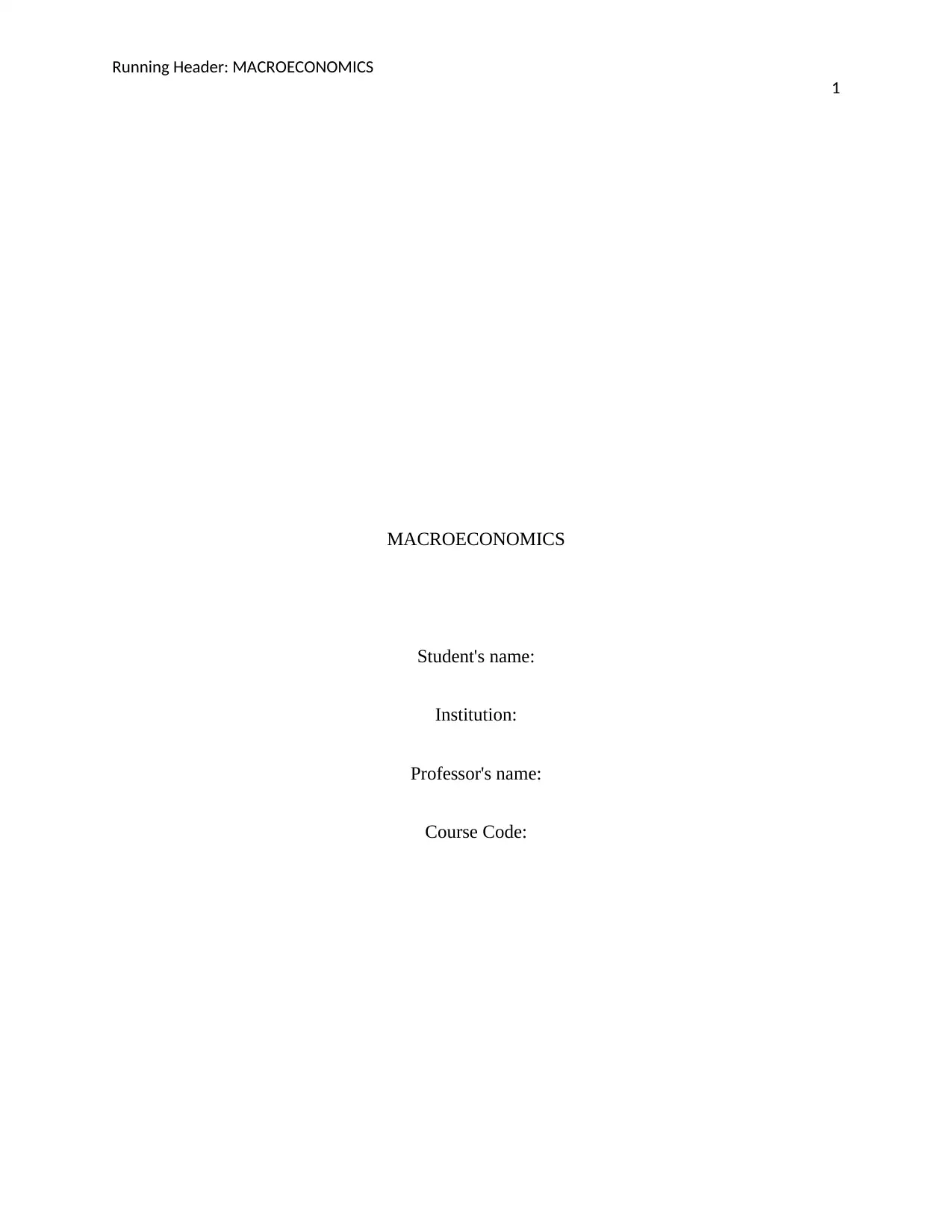
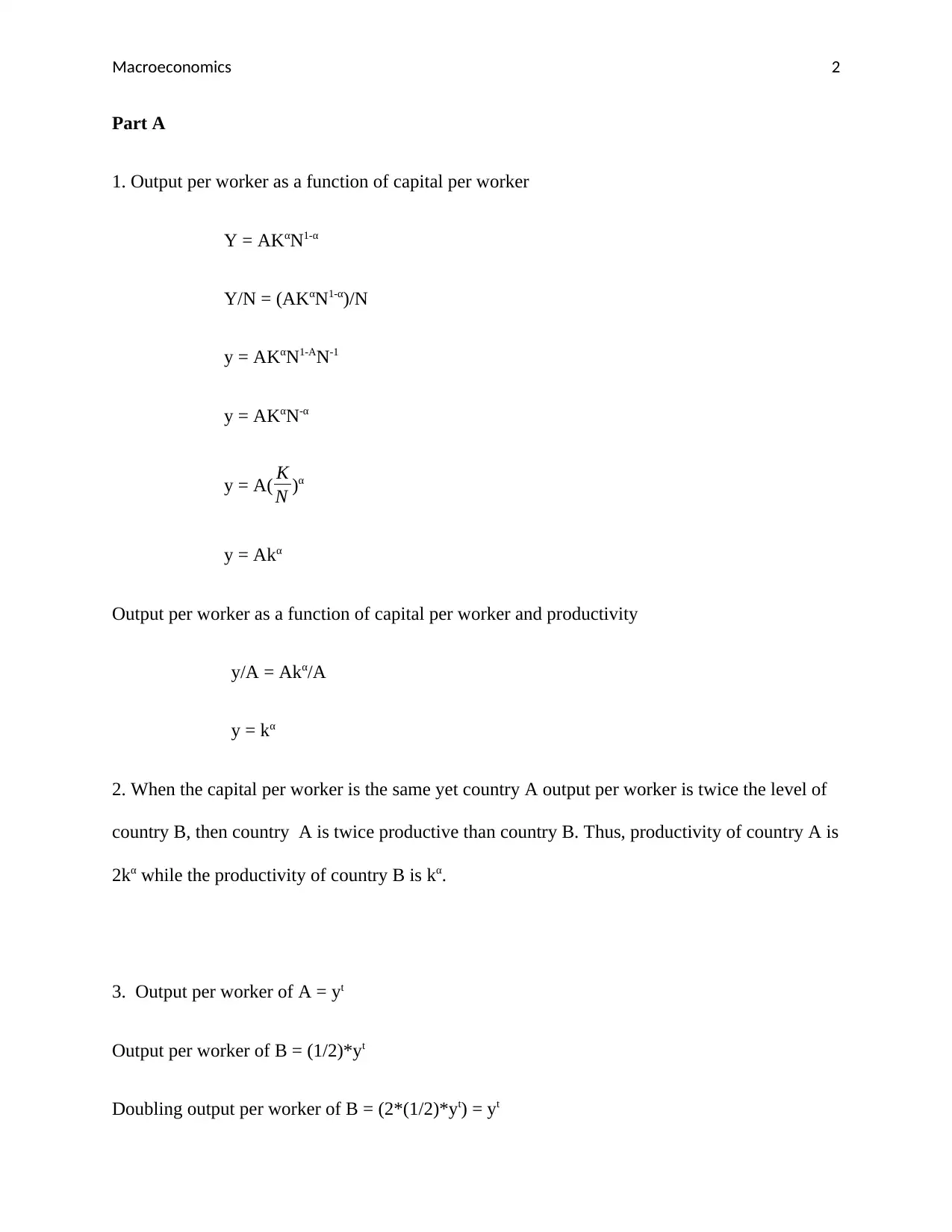


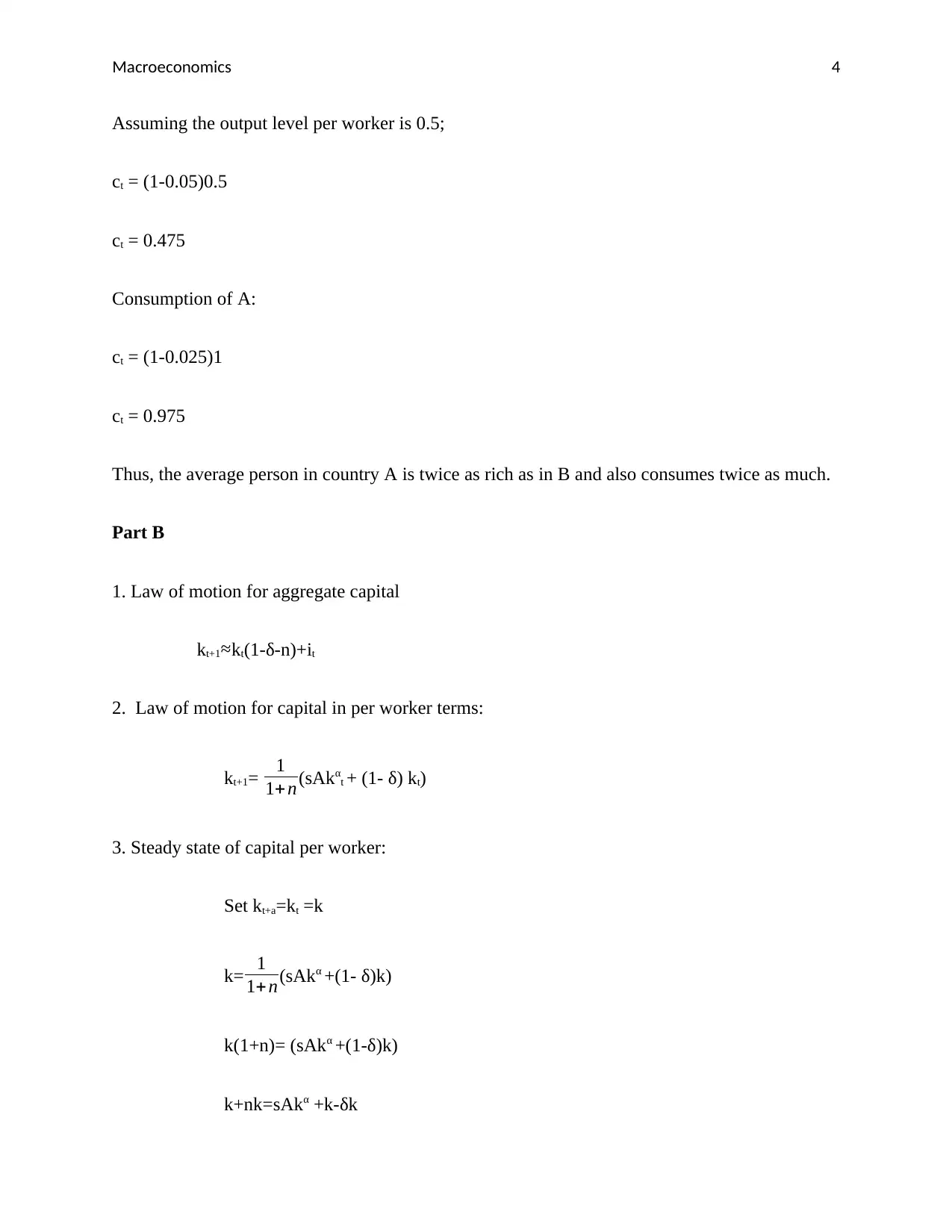
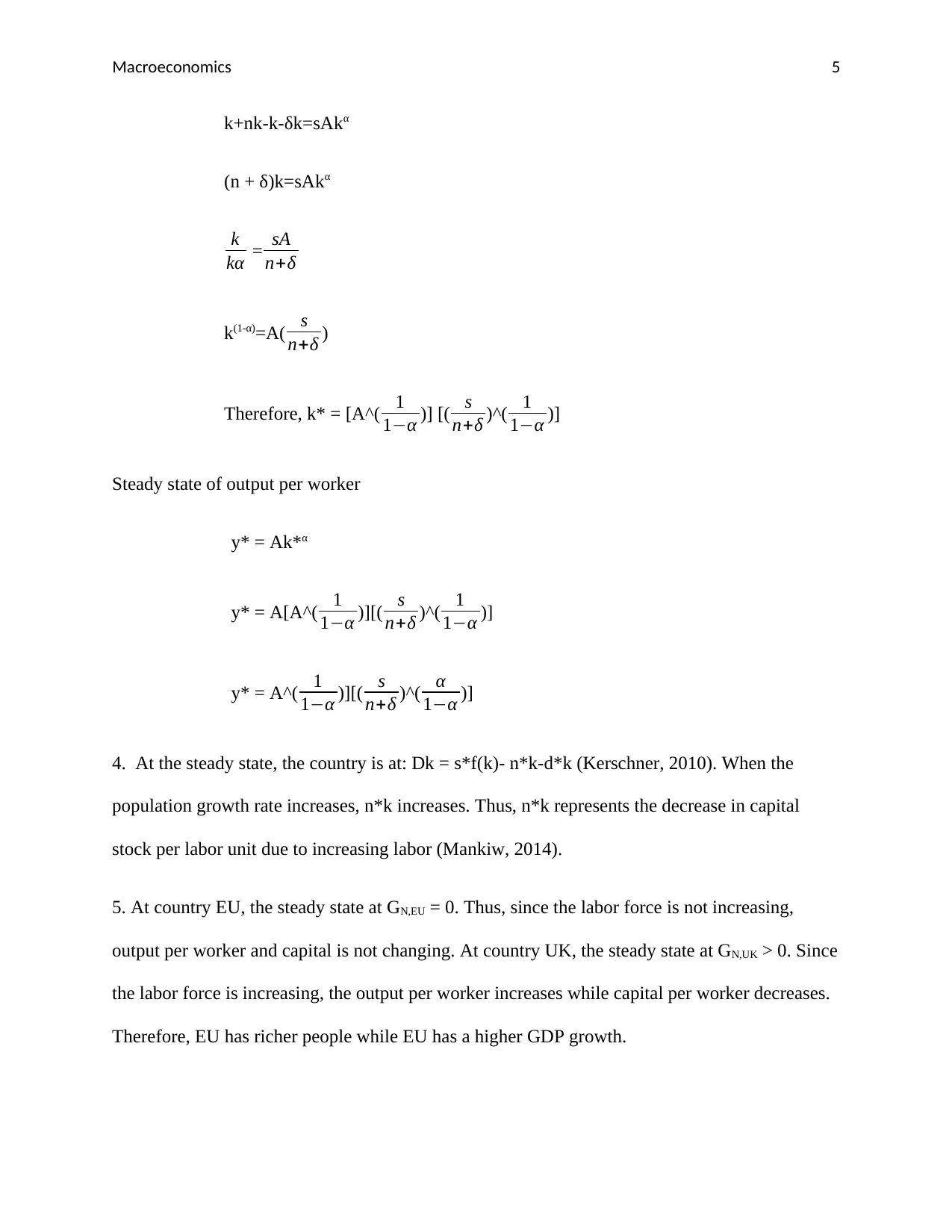
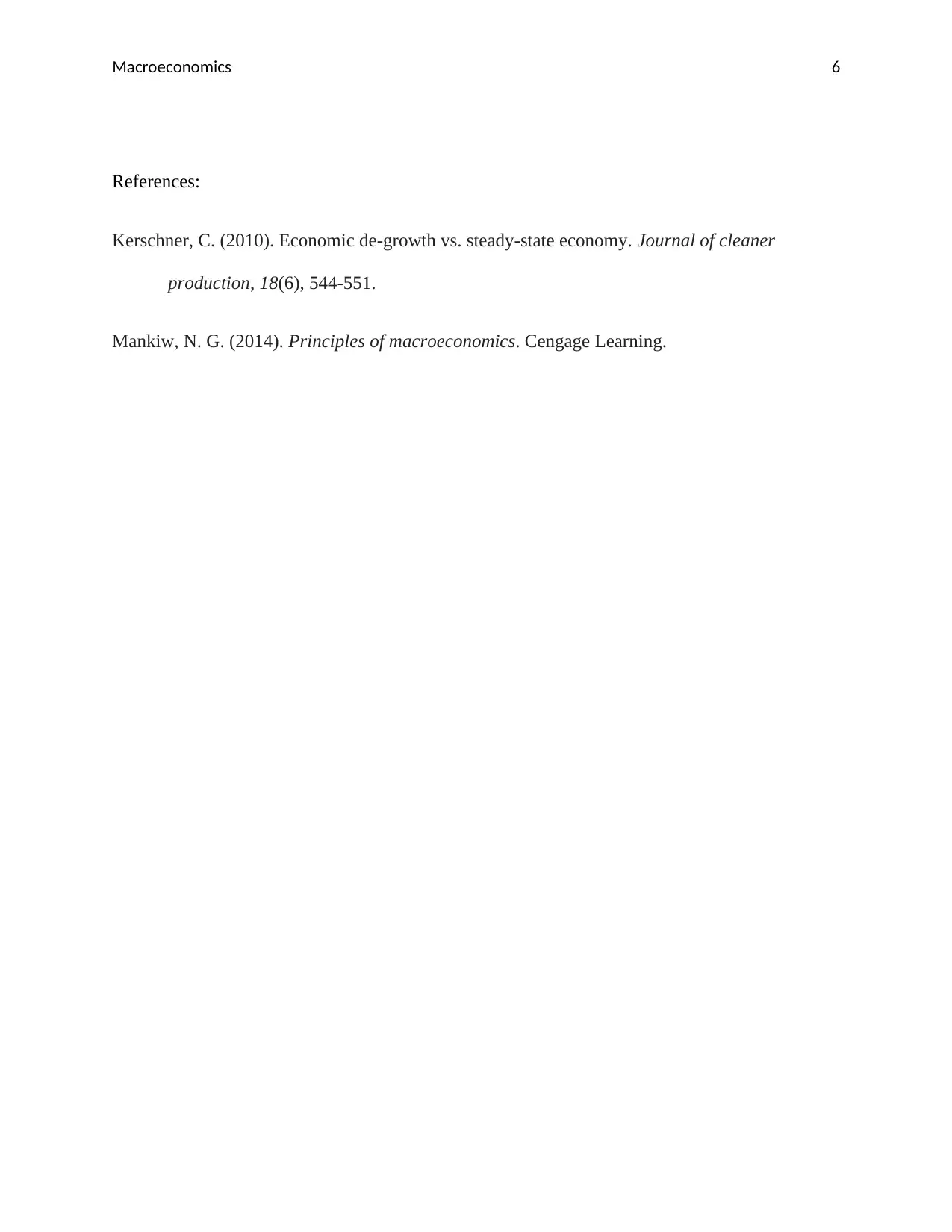





![[object Object]](/_next/static/media/star-bottom.7253800d.svg)